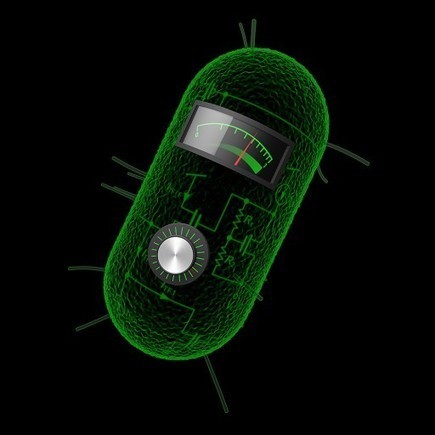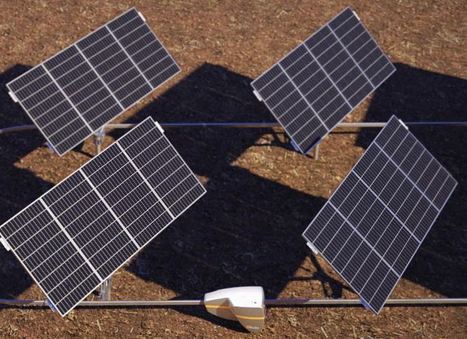By combining existing genetic "parts" or engineered genes, in novel ways, two MIT engineers have transformed bacterial cells into living calculators that can compute logarithms, divide, and take square roots, using three or fewer genetic parts.
The circuits perform those calculations in an analog fashion by exploiting natural biochemical functions that are already present in the cell rather than by reinventing them with digital logic. This makes them more efficient than the digital circuits pursued by most synthetic biologists, according to MIT engineers Rahul Sarpeshkar and Timothy Lu…
°°°°°°°°°°°°°
> MIT News : http://bit.ly/10JuofW
> Rahul Sarpeshkar Group : http://bit.ly/18PmMyW
> Timothy Lu Group : http://bit.ly/18PnAUG
Via
Serge Meunier



 Your new post is loading...
Your new post is loading...









